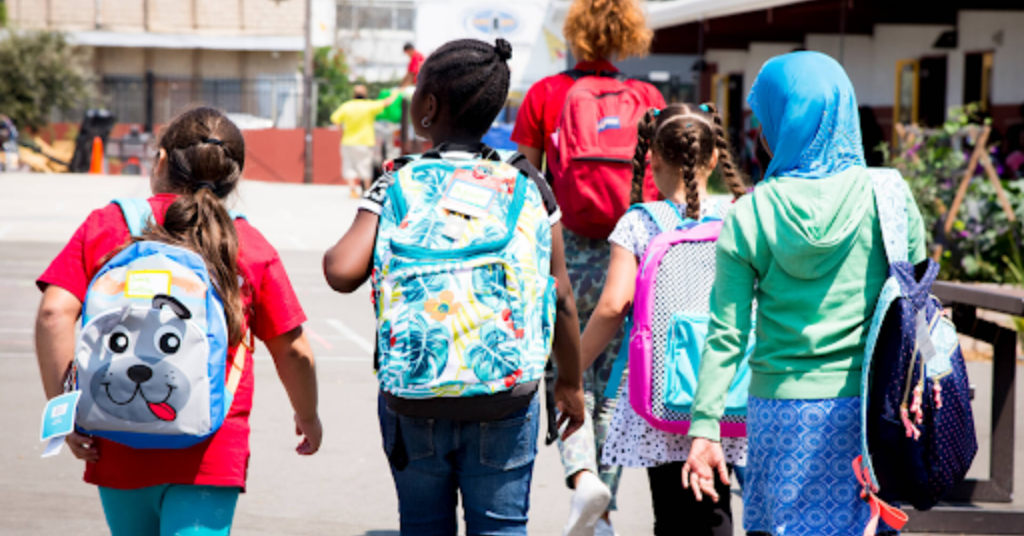This back-to-school season, we recognize the growing challenge of student homelessness affecting more kids and families in our communities and commit to supporting solutions that help every child have what they deserve: a stable home and a supportive school to thrive.
As students head back to classrooms, the start of the school year feels bittersweet. In our communities, back-to-school excitement is dampened by school closures and a growing reality: more children now face housing instability. Schools statewide identified over 230,000 students experiencing homelessness in 2022–23—a 9.3% increase from the year before.
Housing instability is not just about lacking a stable home—it disrupts learning. Students facing unstable housing struggle with chronic absenteeism, missed assignments, frequent school transfers, and the stigma of being “behind.” Systemic barriers—like missing paperwork, lack of transportation, and disrupted peer relationships—further undermine their chances to learn and excel.
In Santa Clara County, 2.8% of K–12 students reported housing instability in 2022–23—a rise of 1.2 percentage points since 2019. In counties like Monterey and Santa Barbara, student homelessness rates exceed 12–14%—more than triple the state average. While Santa Clara’s rates are relatively lower, the steady increase signals an urgent local concern.
Most of these students are what schools categorize as “doubled-up”—temporarily living with other families due to economic hardship. This form of homelessness often remains invisible, even though it is the most common. In Santa Clara County, 69% of students experiencing homelessness were doubled-up, while 16% lived in shelters, 7% in hotels, and 8% were unsheltered.
Statewide, the McKinney-Vento Act mandates that schools identify students experiencing housing instability, offer transportation, and ensure enrollment continuity—even amid housing changes. Rising counts can be attributed not only to worsening housing pressures but also to better identification and reporting, which is much needed to support families experiencing hardships and students’ education being impacted. For example, Kern County avoids the term “homeless” in favor of “families in transition,” helping more families share their housing status and access services.
Still, families remain reluctant to disclose instability due to stigma or fear of Child Protective Services (CPS) or immigration consequences. Funding is also scarce: only around 6% of districts receive McKinney-Vento grants, and pandemic-era relief funding is drying up. Meanwhile, soaring housing costs continue to push families to the brink.
Local organizations like Sacred Heart Community Service, the African American Community Services Agency, and Sunnyvale Community Services’ backpack drives provide support to families in need. Schools also play a critical role—offering stability through transportation, counseling, academic support, and safe environments. But real change requires long-term investment: affordable housing, sustained funding for student support services, and broader community awareness that student homelessness is a double challenge—both a housing injustice and an education equity issue.
As the school bell rings this fall, it is a reminder: every child deserves both a supportive classroom and a stable home. Let’s advocate, support, and push for policies that ensure families can afford to stay in our communities and that children have stable homes and good schools where they can grow and thrive.
